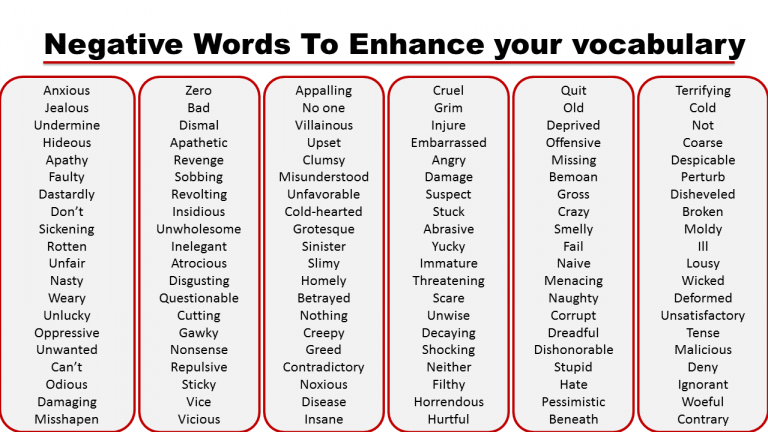
Go to a new restaurant, preferably an ethnic restaurant and try something different on the menu.Take a class on a subject unrelated to your career, community, or family-something you’ve always been interested in, but never made the time to pursue.So find something here that might stimulate you and get you started.

Others may find a dozen or more items on this list as great ideas. Sure, many of you will have already experienced some of the suggestions on this list, but the idea here is to get you thinking-a starting point. There is a reason why I so firmly believe in incremental innovation and why little things matter.After posting “ Five Reasons Why Trying Something New Will Change Your Life,” I received many requests for suggestions on “new things.” Here’s a starting point for anyone looking to move outside their comfort zone and trying something new or different. The way to move the legal profession forward is to meet people where they are and their reality and work to change it from within. Her work would unlock the key to new scientific discoveries and innovations. Through ingenuity and perseverance, she discovered that DNA has made up of two strands, instead of a single one. Today for #WomensHistoryMonth, I want to highlight the mother of DNA – Rosalind Franklin. Innovation is commonly associated with new products and technologies, but it is used in the context of any field where change happens or progress is made. A painter using color in a new way a chef fusing cuisines together to make a new dish a charity organization finding new ways to help people-these are all examples of innovation. Innovation exists anywhere that people innovate, or introduce change. In the medical field, new medicines and improved artificial limbs are examples of innovation, but other innovations include new ways of making medicines and new ways of performing procedures. It can be applied to services, processes, and basic methods of doing things.

Apple’s introduction of the iPhone is often given as an example of an innovation that was a huge step forward. But sometimes innovation involves coming up with something entirely new that makes all other products obsolete or inferior. In the context of technology and business, innovation commonly involves improving an existing idea or product, or introducing a product to a new market. Today, it most commonly refers not just to inventions but to new ideas, business models, and other methods that are considered innovative, or representative of progress. During the Industrial Revolution in the 1700s and 1800s, it began to be used more commonly to refer to the rapid advances in technology that were emerging. Innovation was sometimes used in the context of religious matters as a way of accusing someone of heresy (the act of going against accepted teachings). Innovation has always been associated with newness, but not necessarily in a good way.

But it is based on a root that means “new.” It derives from the Latin verb innovāre, which means “to renew” and includes the root novus, meaning “new” (as seen in words like novel and renovate). As a word, innovation is not new-the first records of its use in English come from the mid-1500s.


 0 kommentar(er)
0 kommentar(er)
